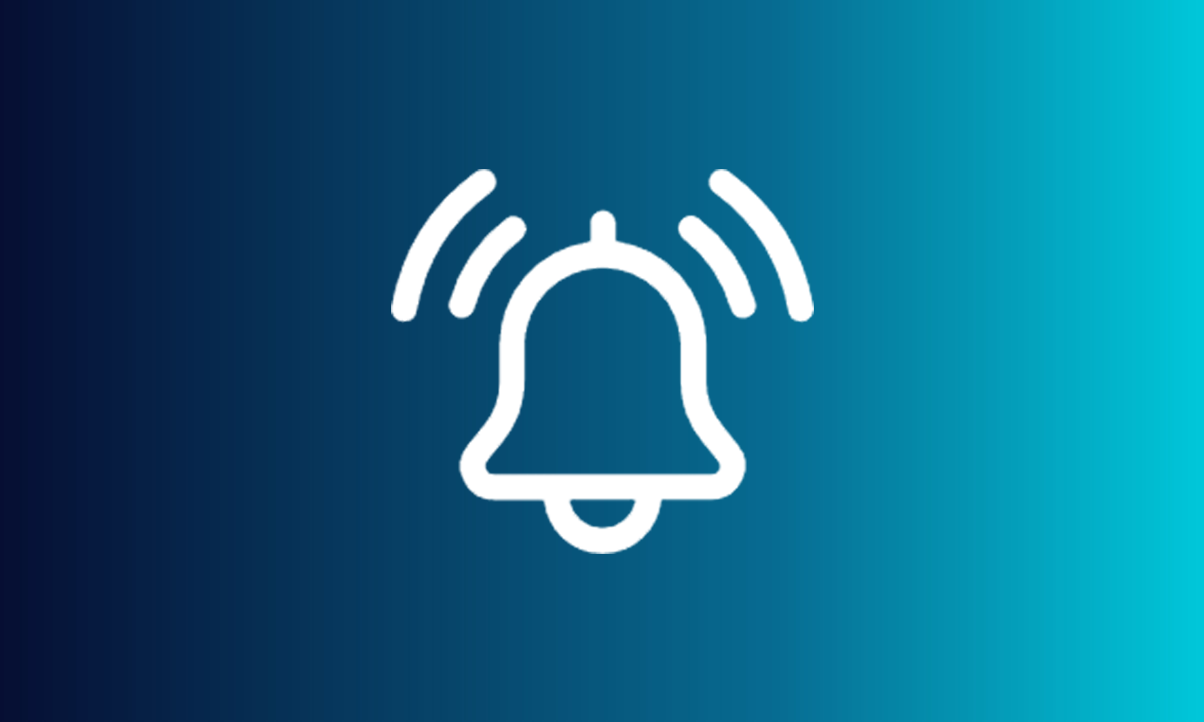5 Simple ways PACENET can complement your service
An often-overlooked element of a database system is its inherent ability to organise data and make information available in ways that can help improve your pacing clinic’s service.
Most day-to-day interactions consist of entering and reviewing clinical data to then administer the most appropriate action. With a database installed, you can take advantage of the accumulation of this information to determine areas of concern that were not previously accessible or searchable in an efficient manner.

Here are 5 simple ways that data captured by PACENET can help to improve your service:
1. Finding patients that have not been followed up
It’s not uncommon to find that patients miss their scheduled follow up. What can be a point of concern, is if the patient has not rescheduled their appointment or has been seen in a different clinic while remaining an active registered patient within your care. PACENET’s filtering and search mechanism easily allows you to identify these patients in order to monitor their care plan.
2. Battery longevity checks
Being able to monitor the level of battery depletion for all patients has numerous advantages. To be able to identify those with less than 12 months battery longevity for instance, can be used as a key indicator for flagging pre-emptive actions that need to be taken. This is one of the most common searches performed in PACENET, helping to quickly and simply identify patients that require/are due generator replacements.
3. Determining implant and follow up frequency
Being able to review the number of implants and follow ups done over the course of a year can benefit the service in terms of its ability to support forward planning. In addition to highlighting the staffing capacity at which the department was running on, it can also help identify busy periods that required, or may in future require additional resource allocation in terms of personnel.
4. Identifying and creating action plans for patients affected by Medical Device Alerts
One of the more tedious and time-consuming tasks is the process of identifying all patients that have been affected by a Medical Device Alert (MDA). Without a database, this involves trawling through hundreds, if not thousands, of files and documents to confirm whether a patient falls into the MDA category and requires further, appropriate care. Not only does PACENET’s MDA feature find affected patients quickly, it also supplements the identification by tagging them and allowing clinicians to put together an optimal follow up plan.
5. Auditing Rate of Complications
PACENET’s complication tracking is not only a useful tool for capturing and monitoring a complication, it can also be used in conjunction with the auditing tool to extrapolate whether there are particular trends in the way said complications occur. By isolating common trends and determining reasons as to why the complications happened in the first place, the tool can be invaluable in allowing clinicians to take appropriate steps to mitigate further risk of complications arising, in the event of the data indicating such a possibility.
The 5 examples above are only a snapshot of the many things that can be achieved with PACENET.
PACENET was designed by a leading cardiologist and physiologist not only to store pacing information in an organised way, but to also provide clinicians with tools and support to enable them to optimise the care they provide to patients. To find out more about how PACENET can help to complement your service, please contact our Customer Service Team for more information.
– Tileepkumar Pandithurai, Head of Software Development at PACENET


